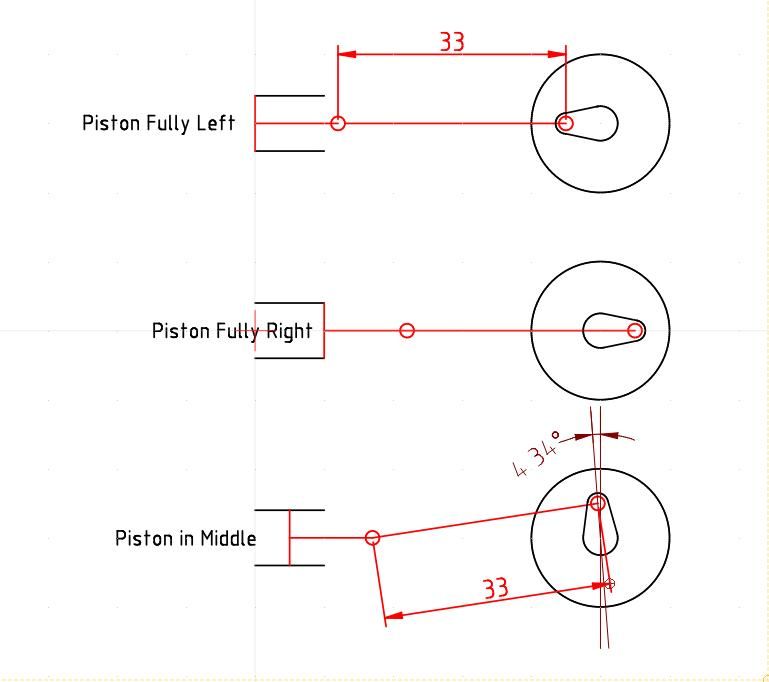All, I've been building my first model engineering project – a Stuart 10V – over the past five months. There's a build thread elsewhere on the forum. I ran it for the first time last night.
It worked first time on a rough valve setting, which I got from this forum and my build thread, and reading the "Building the Stuart 10V" book. It had a tight spot at the bottom of the crank throw, but nothing serious. I put the gland packing in (plaited PTFE tape), but just nipped up. The rods slide freely up and down. The valve timing hasn't been touched from the initial best effort, but the tight spot has now eased considerably.
You may notice the screw in place of the upper drain cock. It snapped off on tightening, I probably shouldn't have used PTFE tape. Anyway, minor detail.
You have NO IDEA how amazing it was for me (and the family!) to see this engine running for the first time. I know its about as simple as it gets, and it's no big deal for the old hands on here, but I can tell you I'm hooked. I'm already looking forward to my next build.
I quickly realised that despite me thinking it sounded brilliant, I have no real idea what a 10V should sound like, or what noises it should make under various loads and conditions. With this in mind – and also to show the results of a lot of great help and advice from this forum over the months, I've made some video clips. I would really appreciate any comments on how you think it's running, and any adjustments I might need to make.
In many ways it's irrelevant: I've built it, it runs, and I love it, but still I need to know. I hope these links work. They are posted on my son's drawing channel, so if you stray on to any of his videos by mistake, please trun the music volume down, as it may be bad for the hearing/wellbeing.
Slow/Medium speed, 10 psi (air)
**LINK**
Fast/Medium speed, 30 psi (air)
**LINK**
Turning by hand, 30 psi (air)
**LINK**
Under light load, 30 psi (air)
**LINK**
Muffled exhaust (ie mainly mechanical noise), 30 psi (air)
**LINK**
John Baron.






